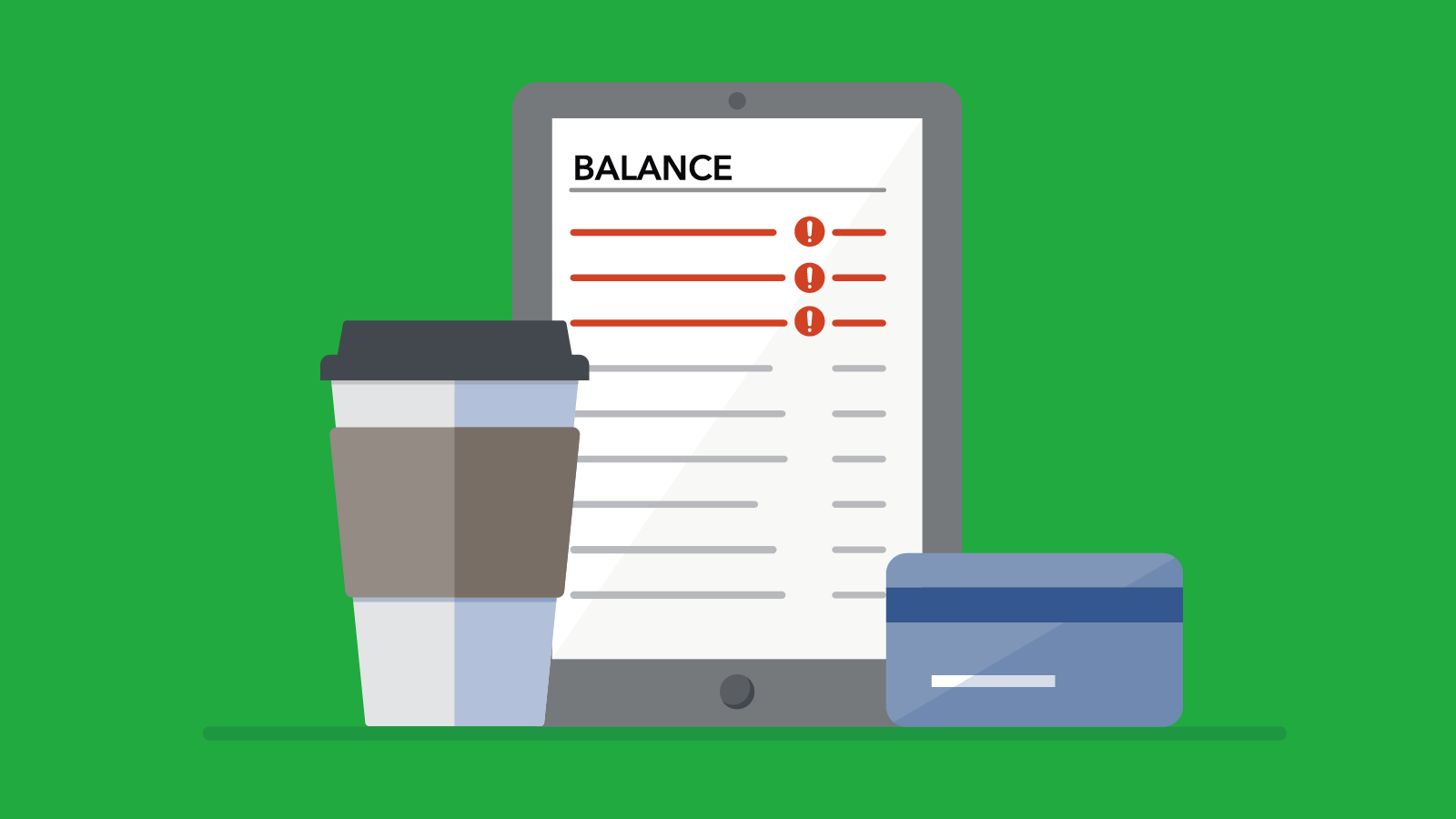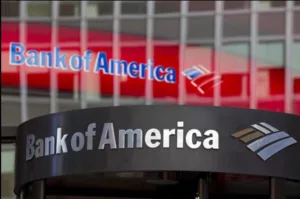In 2025, Americans continue to feel the pinch of a steadily rising cost of living. Essential expenses from rent and utilities to groceries and healthcare have all increased.
The Consumer Price Index, a key measure of inflation, shows a 2.7% rise over the past year. This gap means that for many households, earnings and benefits are often outpaced by the growing prices of necessities, stretching budgets ever thinner.
Even small unexpected charges can throw off careful budgeting. In this climate, avoiding unnecessary drain on your finances is more important than ever.
Overdraft Fees: The Hidden Threat to Your Wallet
One often-overlooked financial hazard is the overdraft fee for individuals that have opted-in for their bank to pay for transactions, even if your account funds are insufficient.
For years, many banks routinely charged a $35 flat fee any time a checking account slipped below zero, even if the transaction was as trivial as a cup of coffee. These fees have disproportionately impacted those least able to afford them, with some consumers paying hundreds of dollars in overdraft charges annually.
Key takeaway:
- You mostly need to opt in to incur overdraft fees for ATM and one-time debit card transactions. If you’ve never opted in, you don’t need to do anything to avoid those specific fees – your transactions will likely be declined instead.
- For checks and recurring electronic payments, you may still be subject to overdraft or NSF fees, and the options to avoid them (like linking a backup account) are more about managing your account to prevent overdrawing rather than opting out of a specific fee structure.
How Overdraft Fees Work When You Opt-In
-
Banks may pay transactions that overdraw your account, then charge you a fee—often $35 per transaction, regardless of how small the purchase was.
-
Debits for as little as $5 or less could trigger a massive $35 penalty, turning a small mistake into a major setback.
-
Fees can multiply quickly if several transactions go through before you notice the negative balance.
-
Most consumers do not realize an overdraft has occurred until days later, by which point several fees may already have posted.
While recent regulations are driving many banks to reduce these fees or cap them at lower amounts (such as $5 to $14), many customers still face outdated policies.
- CFPB Regulations: The Consumer Financial Protection Bureau (CFPB) has been very active in this area. A significant rule finalized in December 2024 (with an anticipated effective date of October 1, 2025, for large banks) is aimed at reforming overdraft fees. This rule could cap overdraft fees at $5 for large banks or require them to comply with Truth in Lending Act (TILA) disclosures, treating overdrafts more like credit. While this rule is primarily about fee amounts and disclosures, it highlights the ongoing effort to make overdraft practices fairer and more transparent.
Why Opting Out of Overdraft Fees Makes Sense
Federal law requires your permission (“opt in”) for banks to charge overdraft fees on one-time debit card and ATM transactions. By default, if you do not opt in, your bank will simply decline transactions that would overdraw your account at no cost to you.
Benefits of Opting Out
-
No more $35 fees on small purchases.
-
Easy to avoid accidental charges; transactions will be declined if funds are insufficient, and you can decide to pay only when you’re ready.
-
More budgeting control. You see your real balance and can adjust spending immediately, rather than being surprised days later by penalties.
-
Reduced risk of account closure; frequent overdraft fees can ultimately force people out of the banking system altogether.
Studies consistently show that most people would rather have a transaction declined than be hit with a large fee. For those living paycheck to paycheck, these fees can represent nearly a full week’s income over a year, making it much harder to escape cycles of financial strain.
What You Should Do
-
Check with your bank to see your overdraft settings for debit/ATM transactions.
-
If you’re opted in for overdraft coverage, consider opting out—especially if you find yourself paying fees on small purchases.
-
Monitor your balance and set up alerts so you know before your account is at risk of going negative.
-
Ask about lower-cost overdraft protection, such as linking a savings account, which might offer a transfer at little or no fee.
Conclusion
With budgets under more strain than ever thanks to the rising cost of living, every dollar counts. Opting out of overdraft fees on debit and ATM transactions is a simple, effective way to protect your money. If your bank is still relying on high overdraft fees, especially for small, easily declined transactions, it’s worth taking action today to avoid this unnecessary drain on your finances.


















